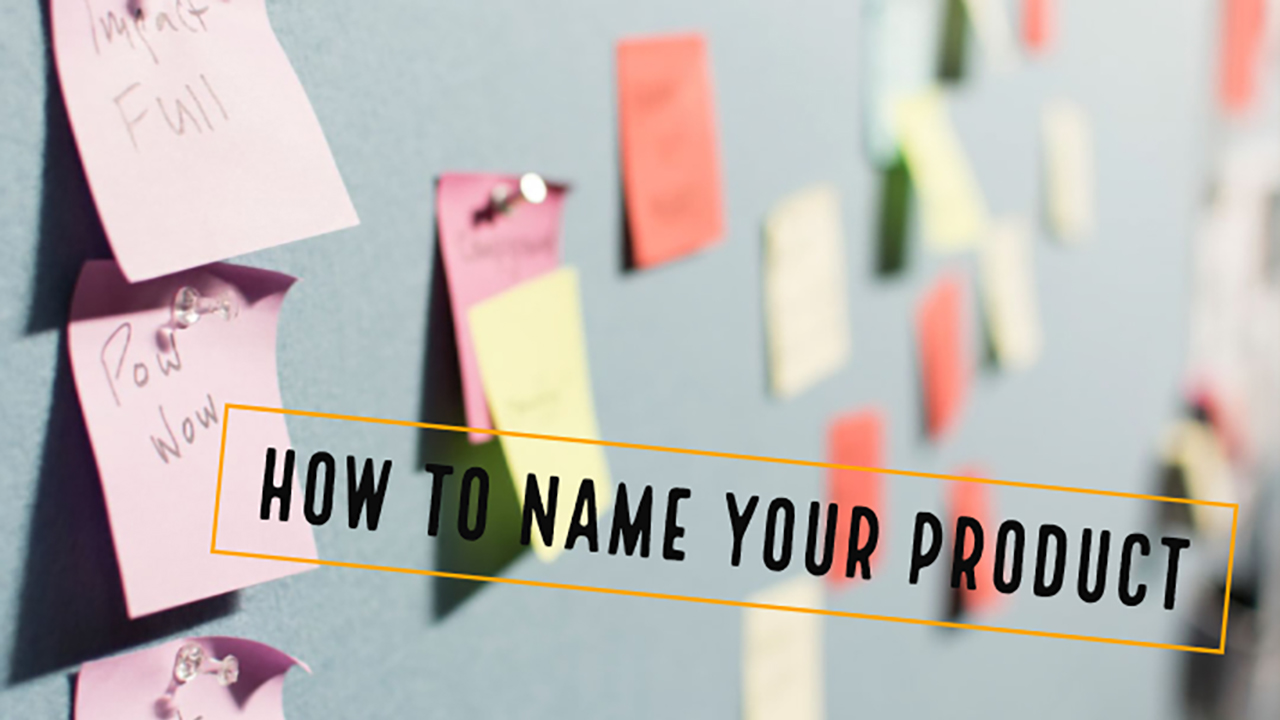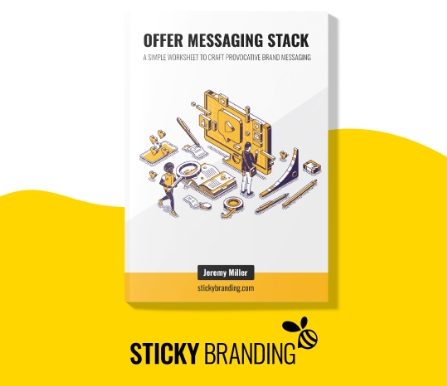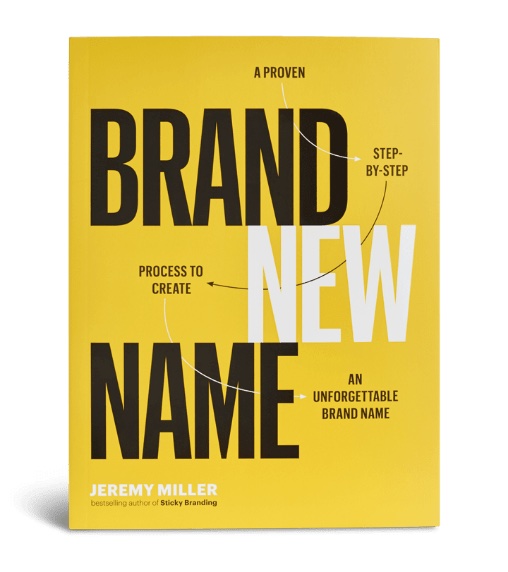Finding the perfect product name can feel impossible. You need to name or rename a product or service, and it can be extremely overwhelming.
Naming a new product is one of the trickiest things you’ll need to do when you’re building your company. It involves thinking about how you’re going to compete in your current market, how you’ll win the attention of your target customer, and how you’ll continue to stand out as a brand.
But it’s so important! When you give your product a name, you bring it to life in the minds of your customers.
Fortunately, we’ve got the naming process down to a tee. All you need is our book, Brand New Name, and you’ll have the naming process to build your naming strategy for the future.
Let’s get started.
Product Names Need To…
Not to be confused with company names, product names represent the services and goods your company sells. For instance, Ford sells products like the F-150, Ranger, and Edge.
Product naming — especially the difficulty of it — is often overlooked. Many people assume it will be a simple step in their brand strategy. Unfortunately, your product names carry a lot more value than many realize.
A product name needs to have:
- Brand potential: Your product name should align with your brand image and strategy.
- Resonate with customers: The more a name resonates with your customers, the better your products will be perceived.
- Scalability: Is your product going to go global or stay local? Is it part of a product line or a stand-alone item?
- Visibility: Make sure your product is easy to find and search for online.
- Uniqueness: You don’t want your offering to compete with dozens of other items. Make it stand out.
Your product name should:
- Help your customers choose the product that’s right for them: When you’re looking for a low-fat meal for your lunch, do you select the low-fat cobb salad or the delicious steamy penne pasta? Names give people the information people need to make a more confident decision.
- Build confidence in your brand: The right product names help to establish consistency in your brand identity and image. The more consistently you present your products (your brand), the more likely your customers will feel as though they can trust your company.
- Build brand buzz: With a great name, generic items become specific, which means that people can start to talk about them.
Let’s Get Naming!

The biggest problem that companies face when it comes to naming a product line is they don’t have the right plan in place.
Countless companies simply grab a piece of paper, start brainstorming and expect to have their product names magically appear by the end of the day. (It never works out that way!)
If you want to find the right names for your products and services, then you need to get your product naming process right! Here are some tips to get you started.
1. Ask the right questions
First, you need to make sure you’re approaching your product naming strategy from the right perspective.
Start by asking yourself some basic questions like:
- What makes this product different from anything else on the market?
- How does this product connect with other items in your portfolio?
- Who’s the target market and what will they be looking for in your product?
2. Consider the different kinds of product names
When you start exploring how to name a product, you’ll discover that there are many different types of name out there, each distinguished by what they offer to customers.
In Brand New Name (the book), we segment brand names into three categories:
- Descriptive Names: Descriptive names simply explain what the item is or does. If you want your product to be easy to understand, or you’re selling something that doesn’t reveal its benefits at a single glance, then you might need a more descriptive name. For instance, the “Nest Learning Thermostat” is a name that tells you exactly what the product does.
- Suggestive Names: Suggestive names suggest what the product might do, without telling you exactly what it is. These names are interesting because they show your creativity as a brand. For instance, Microsoft Office doesn’t give you an office building, but it provides the tools you might need to run an office.
- Abstract Names: Finally, abstract names are empty vessels. They can be made-up words or unrelated words, but they have nothing (at least not initially) to do with your product. For example, Instagram didn’t exist in the dictionary, but it’s something we can all associate with “beautiful images.”
3. Research the Marketplace
Remember, any good brand strategy relies on research. The more homework you do, the more information you’ll have to both inspire and direct your decisions. Block out some time in your schedule to:
- Conduct a competitor analysis to see what kind of product naming strategies other brands in your area are using.
- Think about your audience and the kind of language(s) that works best with them.
- Check for trademarks and make sure you know what kinds of words and phrases you can’t use for legal reasons.
For the most part, the best way to make sure that you’re not going to have a headache with your product naming process is to use our book, Brand New Name, or our brand naming services.
Three Product Naming Best Practices
1. Make It Memorable
When you’re figuring out how to name a product, you need to choose something that’s going to make sense to your customers, and something that they’re going to remember when they visit the store or go online.
While you’re working on making your product names memorable, make sure they’re easy to spell and easy to say.
2. Give It Meaning
Names need to have meaning, or they lose their spark. You don’t want your customer to hear the name of your new product and wonder “Why did they choose that?” You can be as playful with the meaning as you like, as long as it’s something that your customer can understand.
3. Make It Stand Out
Perfecting the product naming process is difficult. You need to find something that your customers can understand, while also giving your titles a unique twist. Differentiation is crucial in any market.
Key Takeaways to Naming Your Products
The key is to look at product naming not as just another item on your to-do list, but as an essential part of your brand building strategy.
Here are some quick finishing tips you can take with you into your product naming process:
1. Don’t expect to instantly fall in love
The ideal product name is likely to be something very unexpected. Some of your colleagues might hate the name you choose, while others love it. The only thing you need to be sure of is that it’s going to have the right impact on your audience.
2. Choose something that people can use
The biggest dream for any product name is to become a part of the everyday language. Think about how we say that we’ll “grab a Kleenex” or “get the Hoover.”
3. Expect the story to evolve
Finally, remember not to get too attached to the product names you choose. A product naming strategy is often something that evolves naturally over time as you begin to learn more about your user personas and the company you’re trying to create.
At the end of the day, names are a lot more important than most of us realize.
The good news is that if you want to find the perfect name, the process in Brand New Name. It is crystal clear and you will end up with a set of names that stand the test of time with your company!
What do you think? We’re here and happy to chat. Let us know if you have any questions or comments.





